Offers play therapists practical ways of handling a pervasive issue with intense and aggressive play by their clients.
With an understanding of aggressive play based on brain function and neuroscience, this book provides therapists with a framework to work authentically with aggressive play, while making it an integrative and therapeutic experience for the child.
Through the lens of neuroscience and interpersonal neurobiology, therapists are taught how to integrate the intensity experienced by both the child and the therapist during aggressive play in a way that leads towards greater healing and integration. The book explains the neurological processes that lead kids to dysregulation and provides therapists with tools to help their clients facilitate deep emotional healing, without causing their own nervous system to shut down.
Topics covered include: embracing aggression; understanding the nervous system; understanding regulation; developing yourself as an external regulator; authentic expression; setting boundaries; working with emotional flooding; supporting parents during aggressive play.


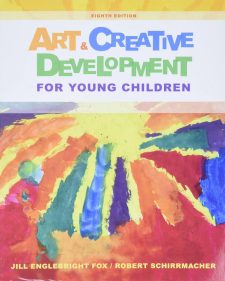
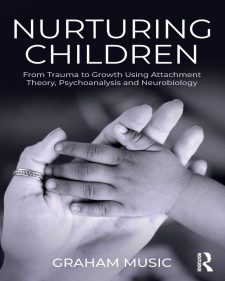
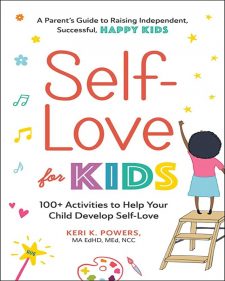




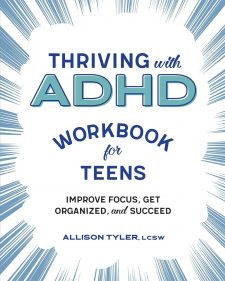

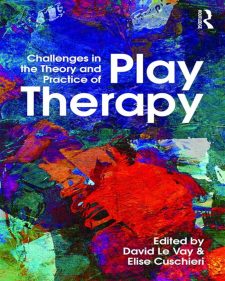



Brilliant!
Lora Schultz, ,LCSW
becoming their external regulator. Lisa challenges therapist how to be in the play rather than sitting back observing the play by developing the therapists own awareness self regulation and being authentic in that.
After a series of experiences with treatment approaches that disrespected my children and caused my oldest son trauma, SPT sounds like manna. At least on paper, this is what I have been looking for. I am excited for us to experience SPT in person. Until then, this book has already helped me with some parenting issues, and I hope Dion has plans to create a book geared towards parent readers. I am comfortable reading a book written for clinicians and extrapolating to parenting. But I know not every parent will be. In the interim, I am glad to see Dion has an online parenting course on her website and look forward to starting it as soon as my husband reads “Aggression in Play Therapy.”
Thank you, Lisa Dion. This work is a treasure. And thank you for your wisdom (even if only stated indirectly) in making this work available to autistic children and not just to children who have survived horrific traumatic experiences or who have mental health issues that have not significantly disabled their development. As Porges’ work and other new research begins to make clear, both autistic children and children with traumatic injuries share similarities when it comes to vagal function, regulation, arousal, etc. Autistic children should not be left out of play therapy but too often they are!! They are then relegated to the realms of treatments that frequently fail to meet their regulation needs. But without safety, without coregulation, without authenticity and congruence in play, how can we expect to support autistic children in becoming their best selves?? We can’t. We aren’t.
I am placing hope that SPT will open new ground for autistic children and families in a service (play therapy) that is usually covered by health insurance. The latter issue of access can be a barrier for other non-ABA play modalities.
“Aggression in Play Therapy” joins my bookshelf next to various texts on yoga and mindfulness as well as the work of Ross Greene, Barry Prizant, Pat Ogden, Stephen Porges, Bessel van der Kolk, Peter Levine, Dan Siegel, Mary Hartzell, Alfie Kohn, Stanley Greenspan, RD Laing, Paul Gilbert, Judith Herman, et al.
Applause, applause. Not only a hit in substance but exceptionally easy to read. To make the theoretical this elegantly clear and digestible is quite the accomplishment.
However can be confusing and dull at parts. I have a petroleum engineering degree and was able to understand most of it. Some parts I had to do some clarification.
Not perfect but definitely a good book for people who need to learn about oilfield chemicals. Good as a reference guide.